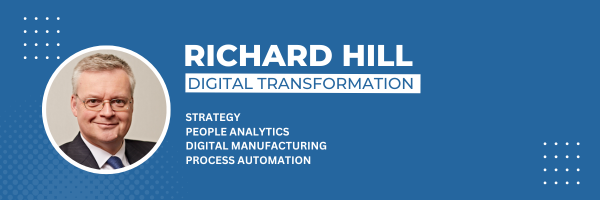Contemporary academic roles require university faculty to dedicate a significant proportion of their time to student learning and assessment.
Simplifying your assessment strategy reduces the assessment burden for you and your students. Done correctly, it will also improve the learning outcomes for your students as well.
You’ll release more time to invest in research and scholarship. Your students will learn what they need to know in a more authentic way, in the minimum amount of time.
This article explores 7 ways to make this happen:
- Clear assessment criteria
- Utilise automated grading tools
- Implement peer assessment
- Focus on essential feedback
- Embrace formative assessment
- Implement self-assessment
- Enhance learning with multiple answer questions
Read on for more detail.
1. Clear Assessment Criteria
Clear expectations empower students to take the lead in their own learning.
Faculty that have an assessment brief ready at the beginning of teaching, with a clear marking rubric and evaluation standards, give their students the best chances of success.
Students ask less questions about the assessment if they can see what they have to accomplish. It’s easier for academics to evaluate how students have met the learning outcomes.
Marking is easier, faster and more consistent.
2. Utilise Automated Grading Tools
Automated grading tools removes the burden of marking from faculty, after making a one-time investment up-front.
Modern Virtual Learning Environments (VLE) have a range of assessment tools that can be automated.
Multiple Choice Questions (MCQ) can be made more challenging using extended scenarios for each option instead of simple responses.
Marking is instantaneous, students receive their feedback quickly, and you can spend more time on other things.
3. Implement Peer Assessment
Fancy an approach to distribute the marking workload by fostering collaborative learning?
Engage students in the assessment process.
Get them to mark tests. Have them rank assessments as a class.
Students are often more critical of themselves and their peers than the faculty are. And it’s a fantastic collaborative activity where everybody learns something, including the observers.
This is one of the fastest ways for students to develop a holistic understanding of their peers’ opinions and abilities.
4. Focus On Essential Feedback
A focus on absolutely essential feedback helps students keep on task with their learning outcomes.
Broader feedback can help more capable students. But don’t neglect the essential information. Think carefully about what a student needs to know so that they can perform better next time.
This is especially important when an assessment requires some deep thinking. And the feedback has to be nuanced to provide an accurate and useful rationale.
Faculty have a unique position in being able to provide this feedback – do it correctly and your students will be rewarded with enhanced attainment.
5. Embrace Formative Assessment
Formative assessments help students learn when you aren’t around.
These are easy to implement with modern VLEs.
Pepper your curricula with frequent formative assessments so that students can check their learning and gauge their own progress.
Faculty can monitor how students are progressing and use this information to tailor content and support in future teaching. If necessary, you can intervene to help prevent misconceptions.
Help guide your students by providing them with the tools to steer their own learning journey.
6. Implement Self-Assessment
Students who can stand back and objectively assess their work become more reflective, capable individuals.
Give students the opportunity to self-assess their work prior to hand-in.
Show them techniques for being objective.
Talk them through evaluation frameworks.
Get them to be critical.
Practice reflection.
Students will quickly improve the choices they make and their rational for doing so. They will understand the compound effects of metacognition and take the lead with their own development.
7. Enhance Learning With Multiple Answer Questions
Multiple Answer Question (MAQ) assessments help contextualise learning and make it relevant to the real world.
Multiple Choice Question (MCQ) tests can be enhanced with the use of scenarios (see point 2 above). But for more advanced study, they can still not be enough.
MAQ assessments help develop the next level of learning. They can incorporate much more nuanced reasoning to answer them.
The questions can be modelled on real-world, complex situations or dilemmas.
Some VLEs even offer partial scores for nearly-correct answers.
Which means that MAQs can also be effective for formative assessment (see point 5 above). Test and develop critical thinking during the course and prepare students for more challenging fianl (summative) assessments.
Use your assessments to promote analytical thinking and watch your students develop real-world reasoning skills.
Find more time for the things you need to do, while improving your students’ learning.
Implement one or several of these strategies and you will release more time from your schedule. Enhancing your students’ attainment is likely as well – try out some of these ideas for yourself.

